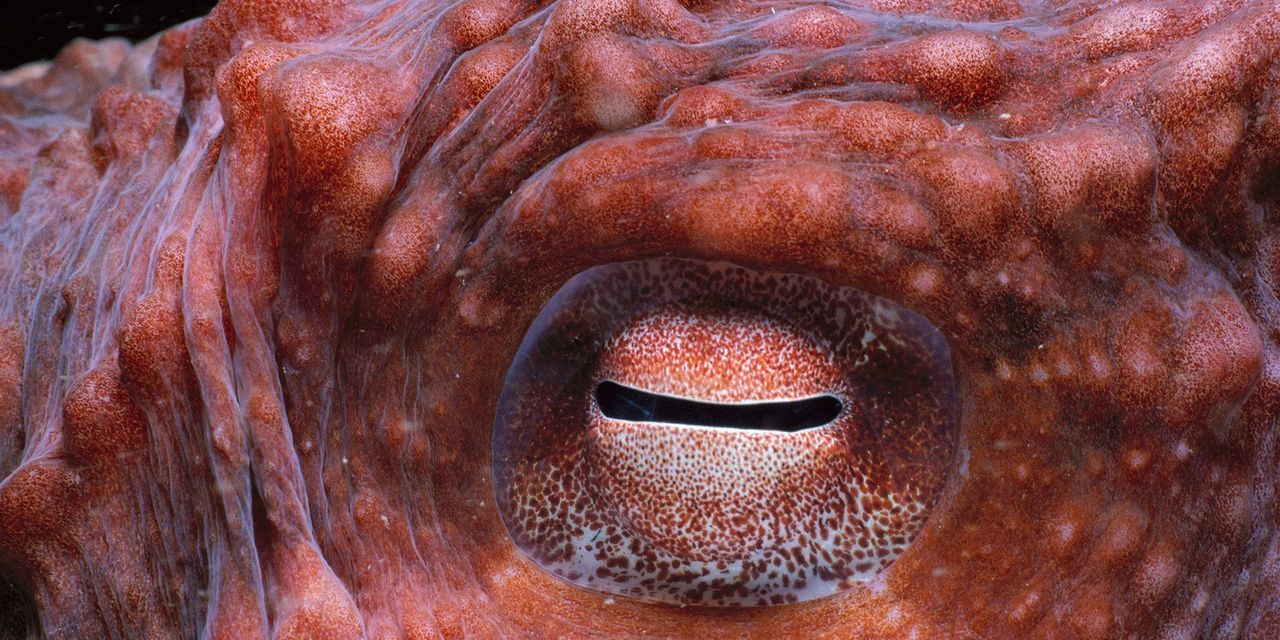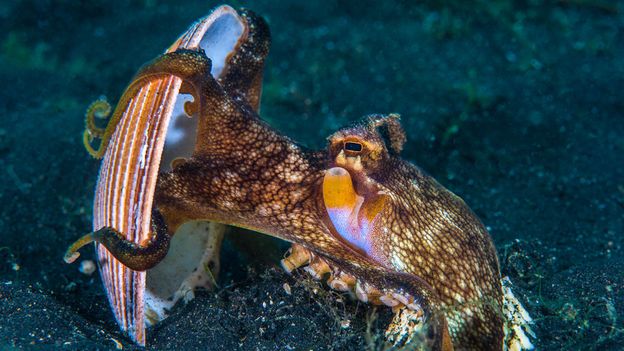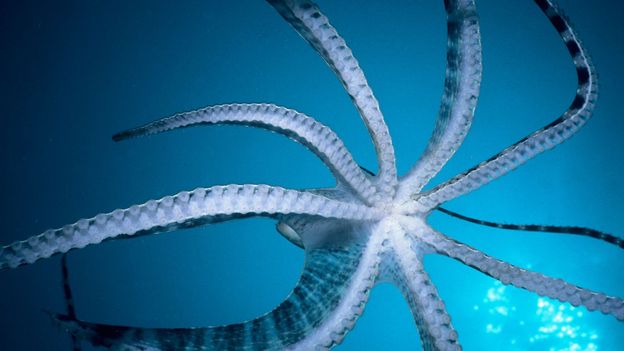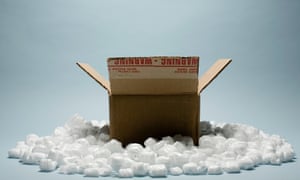
Terrific progress for animals in France!
Champagne corks are popping on both sides of the English Channel in celebration of a pair of hard-won victories for animals.
Following a decade-long PETA UK campaign, high-end department store Fortnum & Mason has finally rejected “torture in a tin” and announced it will stop selling foie gras.
To make foie gras, workers crudely grab ducks and geese by the neck and shove metal pipes down their throats before repeatedly pumping massive amounts of food into their stomachs and then killing them to collect their diseased livers.
From board meetings to “force-feedings”, PETA UK’s activities encouraging Fortnum & Mason to ban foie gras ran the gamut – involving tens of thousands of letters from caring people, ads in the London Underground, and, of course, many colourful protests, including a giant “goose” crashing a Fortnum & Mason street party and a “crime scene” set up around the perimeter of the shop. The late Sir Roger Moore and more than a dozen other celebrities also added their star power to the PETA UK push.
The sky’s the limit when we work together to stop speciesism, and a big announcement from France is further proof. The country’s landmark animal welfare bill, which we first cheered last September successfully passed through the National Assembly! The bill will make a world of difference for animals in the entertainment industry, as it bans live pony merry-go-rounds, bars wild-animal circuses from operating in France – bringing Europe one step closer to banishing these cruel exhibitions altogether – ends the breeding and captivity of orcas and other dolphins, and prevents wild animals from being used in events and television shoots. It’ll also virtually shut down France’s fur industry and ramp up protections for companion animals
NSW Passes Monumental Regulations Protecting Dolphins!
After a government inquiry and a long public consultation – in which many PETA supporters took part – new regulations have been introduced in New South Wales to prevent the breeding of captive dolphins in the state!

This is fantastic progress for these individuals, who are wild animals and not entertainers.
In nature, dolphins swim up to 100 kilometres a day with their family pods, diving and riding the waves. They are acoustically oriented – using clicks, whistles, and echolocation to perceive their surroundings. They’re unsuited to life in captivity, where they can only swim a few metres and the reverberations from their sonar bounce off the walls of enclosures, confusing and disorientating them.
While NSW-based Dolphin Marine Conservation Park continues to explore the idea of establishing a seaside sanctuaryf or its existing residents – Zippy, Bella, and Jet – this new rule means that no new dolphinariums can set up business in the area. These three dolphins will be the last to have to perform for noisy crowds in the state.
NSW joins the ranks of various countries that have stood up against dolphin captivity – including Brazil, Canada, France, India, Mexico, Norway, and Switzerland.
Now, everybody’s eyes are on Queensland, where just over the border, Sea World continues to breed dolphins, parade them about in daily shows, and launch trainers off their sensitive rostrums out of the water.
Will you please join us in urging the Queensland government to follow NSW’s lead?

https://secure.peta.org.au/page/74213/action/1
Copy and paste into the search engine and it will take you straight there.
Great news for bulls: the San Fermín festival and the infamous Running of the Bulls event have been cancelled for 2021.
Why Ban the Running of the Bulls?
The Running of the Bulls is part of a barbaric bloodbath that takes place every summer during the San Fermín festival in Pamplona.
The tourists – including many Australians– who visit the city during the festival often don’t realise that the same bulls who slip and slide down the cobbled streets during the bull runs are later tortured to death in the bullring. Throughout the week-long festival, at least 48 bulls are violently stabbed to death.
What Spanish People Think About Bullfighting
More than 80% of Spanish people oppose the blood sport, and approximately 56% fewer official bullfights took place in 2018 than in 2007, but these sick displays are able to continue in large part because of tourist money. Thrill-seekers fail to realise that running with the bulls means participating in a festival in which animals are tormented and killed.

PETA and the San Fermín Festival
PETA UK has been teaming up with Spanish animal rights groups every year since 2002 to organise eye-catching protests in Pamplona in which hundreds of activists, including Australians, have taken a stand to draw attention to the cruelty of the bull runs and bullfights.
We’ve been calling for an end to this cruel spectacle for years, and now, under rather unique circumstances, the event has been called off – but it shouldn’t take a global pandemic for this to happen. It’s time for authorities to recognise that the ritualistic torture of bulls has no place in a compassionate society and cancel the event for good.
What You Can Do
Please join us in urging the mayor of Pamplona to ban the Running of the Bulls and subsequent bullfights permanently.
https://secure.peta.org.au/page/44927/action/1
The blog song for today is: " Cool for Cats" by Squeeze
TTFN






















